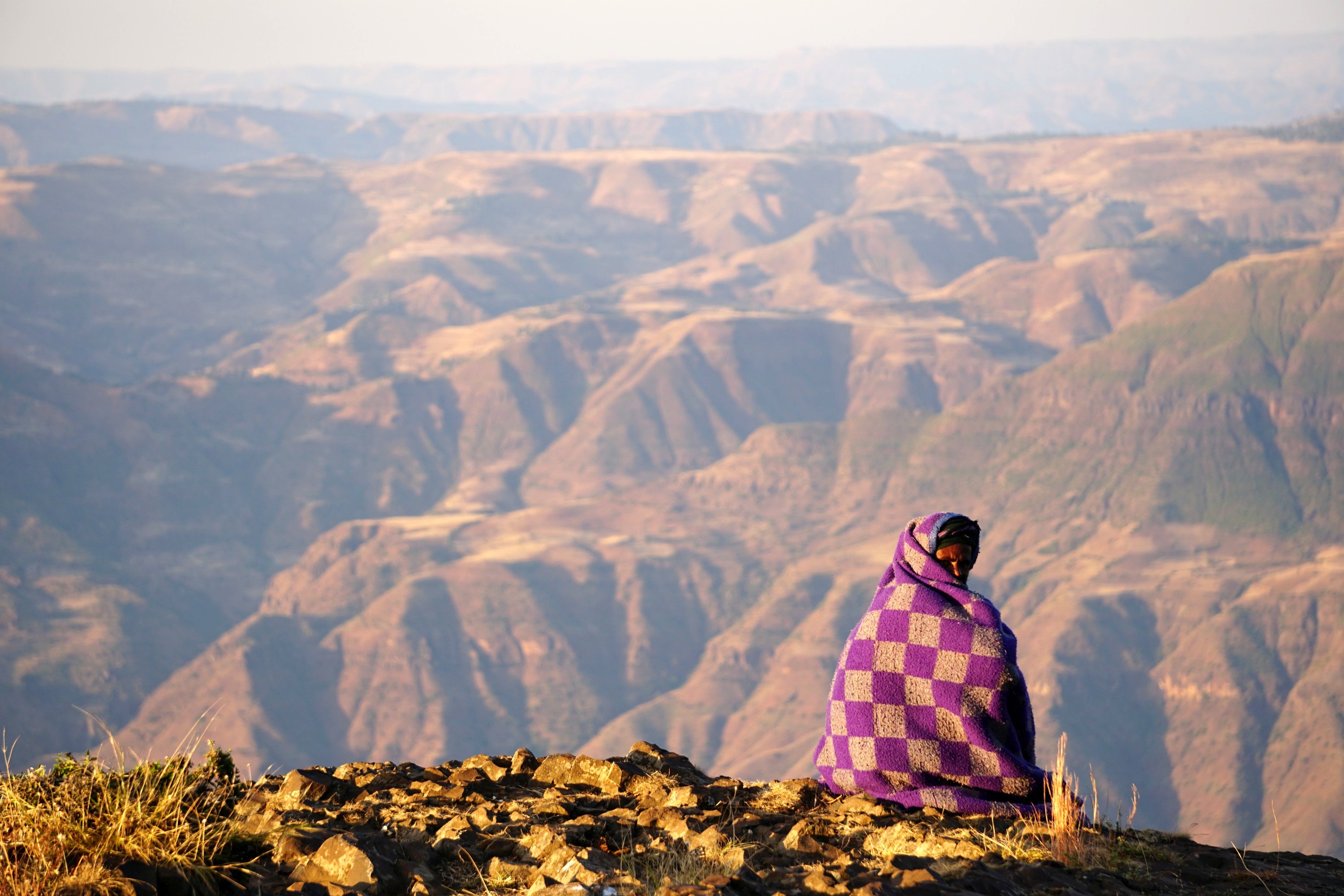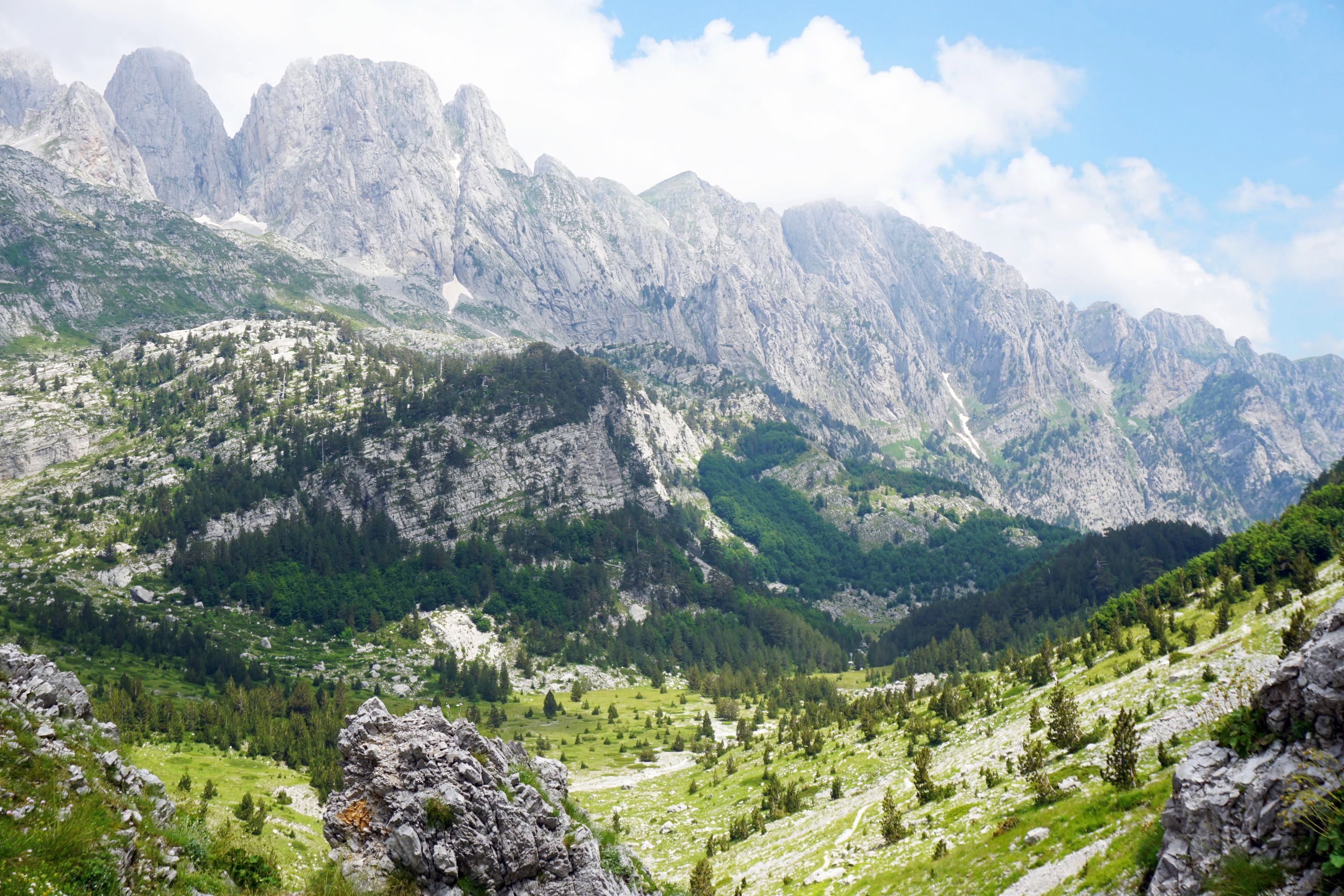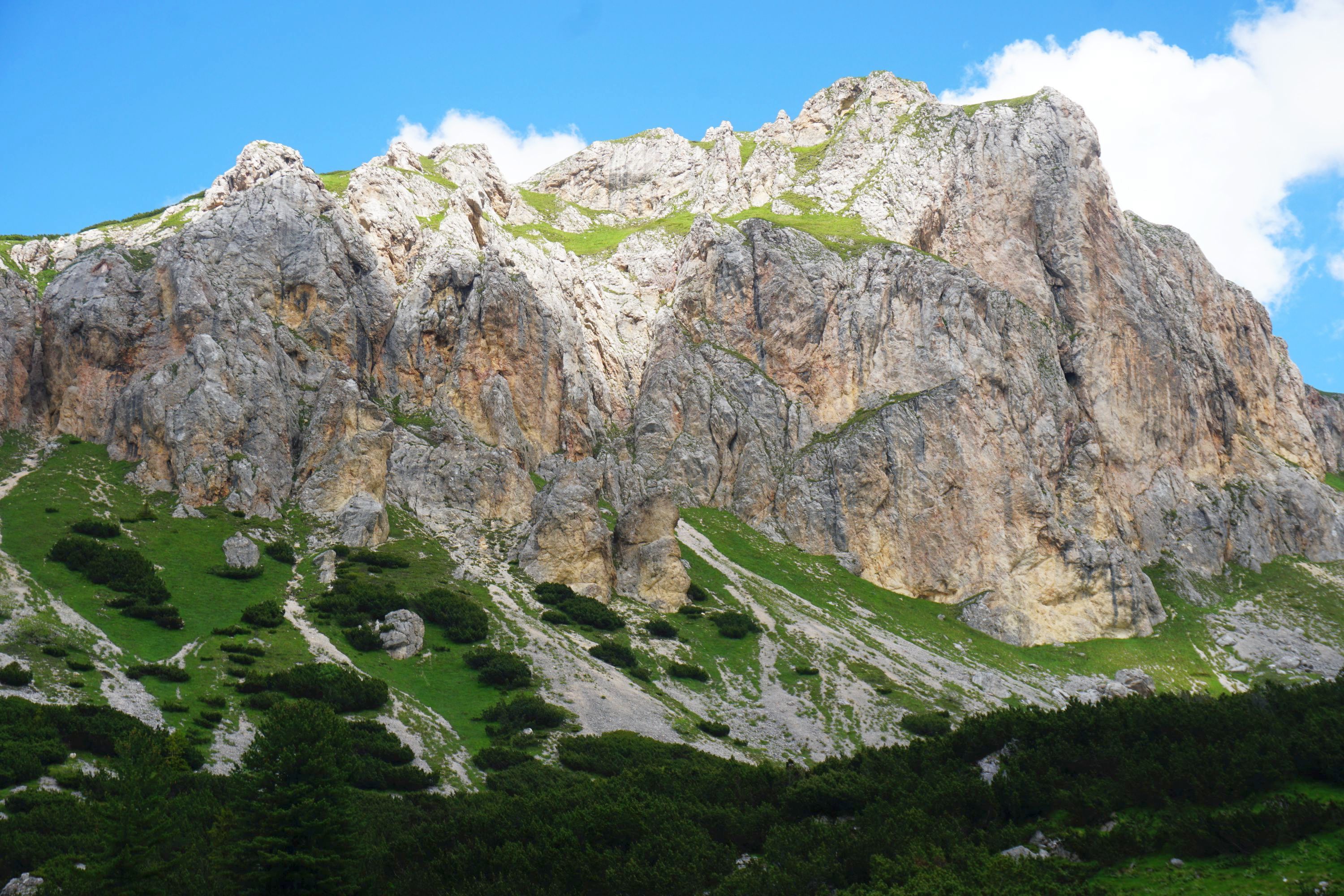The second and third days of a three day hike around escarpments, farmland and villages in the Ethiopian highlands, a couple of hours drive from Lalibela. Day two started with one of the better sunrises I’ve seen.





Which was enjoyed by one of the local staff of the Mequat Maryam camp where we spent the night.

And by the group with breakfast with a view.



After which we set out to walk 20km. The trek was basically two half days and a full day, and though almost entirely flat it was hot and exposed in places, and much of the terrain was broken ground, with ankle twisting rocks.

Soon after setting off we came across a newly born calf, being looked after by it’s mother and the farmer. Good to have some balance after being passed by a dead body on a litter yesterday…


It was hard to walk for more than five minutes without passing locals, mainly children, whose English vocabulary was primarily “hello” and “ bye bye”. It was refreshing that unlike the children encountered along the roads of Ethiopia, these village children almost never begged for money or pens. It was a relief to find somewhere seemingly not corrupted by tourism.


By mid morning we reached a village notorious for dangerous dogs. Sadly I’ve encountered quite a few dogs on my travels but I’ve never seen one become so aggressive, so quickly, with teeth bared, saliva dripping, and hair on end as we walked past along the path. Our local guide used a stick and our tour leader a rock to hold it at bay. An unpleasant experience but I was glad to be in a group otherwise I would have been in big trouble.

Other risks including frequently walking past bulls in the fields, something you’d avoid in the West, but normal and seemingly safe here.

After walking through fields and villages it was a welcome change to reach the edge of the escarpment for lunch with a view. The injura was less welcome though…




Here we changed our crew, other than lead local guide, again. I think we had three crews in three days, how they share the work opportunities between the local communities.
There were two options for the walk after lunch, an easier walk through the villages that most of the group took, or a harder route along the escarpment which obviously I took. It was longer and hillier, but worth it for views like this.


The downside was that the local guide who came with us clearly didn’t know the route very well, resorting to asking schoolchildren for directions.
Pulling an energy bar out of the back of my pack I discovered that I’d been beaten to it by a rat or mouse the previous night. It had eaten a decent hole in the bottom of the back of my pack to reach the food, not ideal…


Our home for the night, at Wejala camp, had more incredible views of the landscape below, though you had to be careful walking around the camp at night…




The sunset and sunrise were rather pleasant.


Heading out on the final morning we stopped in a village to see inside a traditional tukul. It was home to four people, plus their livestock overnight, whose waste is used for the fire. The bottles by the doorway are filled with holy water. A tukul like this made of sticks and mud will last about 15 years, one made of stones and mud can last for up to 50 years. It was another reminder of the luxury of the developed world, and how much we take for granted compared to the majority of people on the planet.







This grain being dried outside was to make home made beer.

This spring was well protected from children wasting water, though there wasn’t any to waste anymore as eculpyus trees have sucked the spring dry.

Ten minutes walk before reaching the road to finish the trek we had lunch at another beautifully scenic spot, though again it was injura, which by this point only three out of seven people in the group were willing to eat…



It was a fascinating way to spend a few days walking, exploring an area little visited by tourists. There was spectacular scenery at times, though it also involved a lot of less interesting, and potentially ankle twisting, walking through farmland and over broken ground.





Leave a Reply